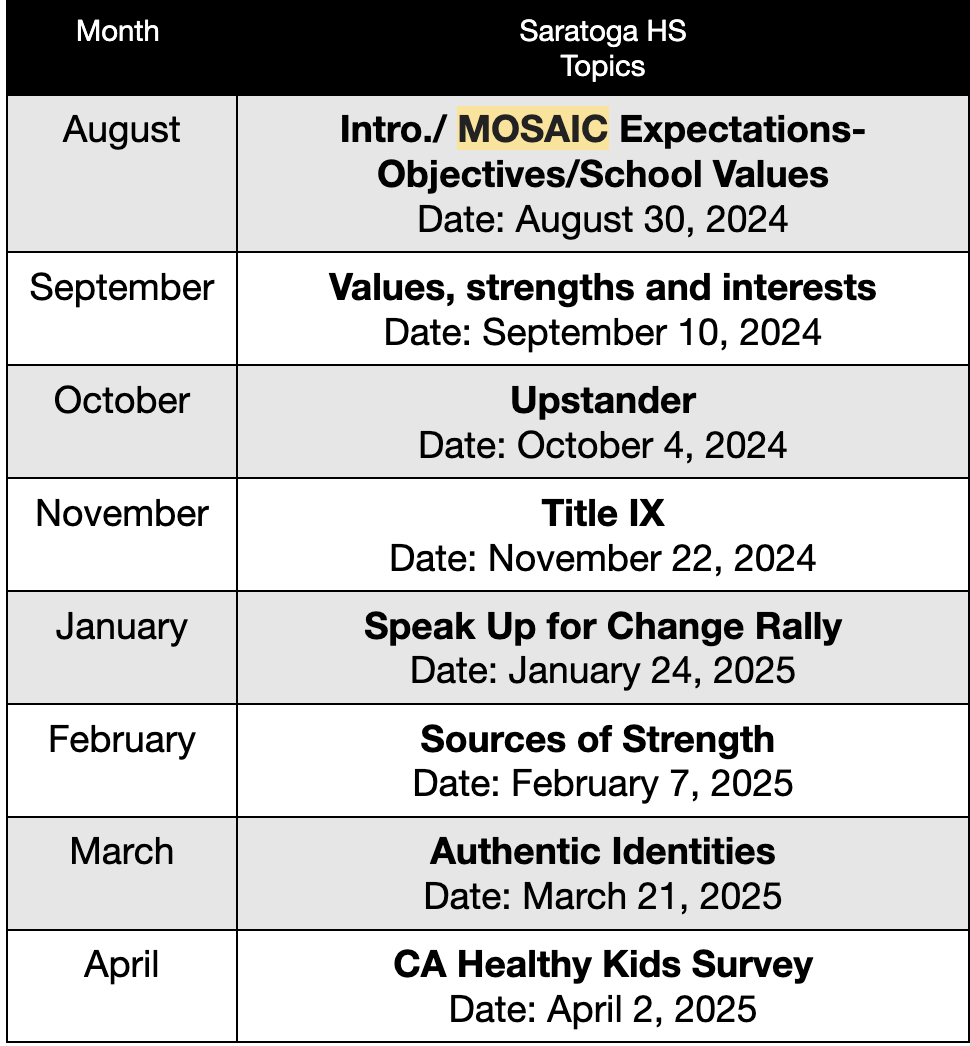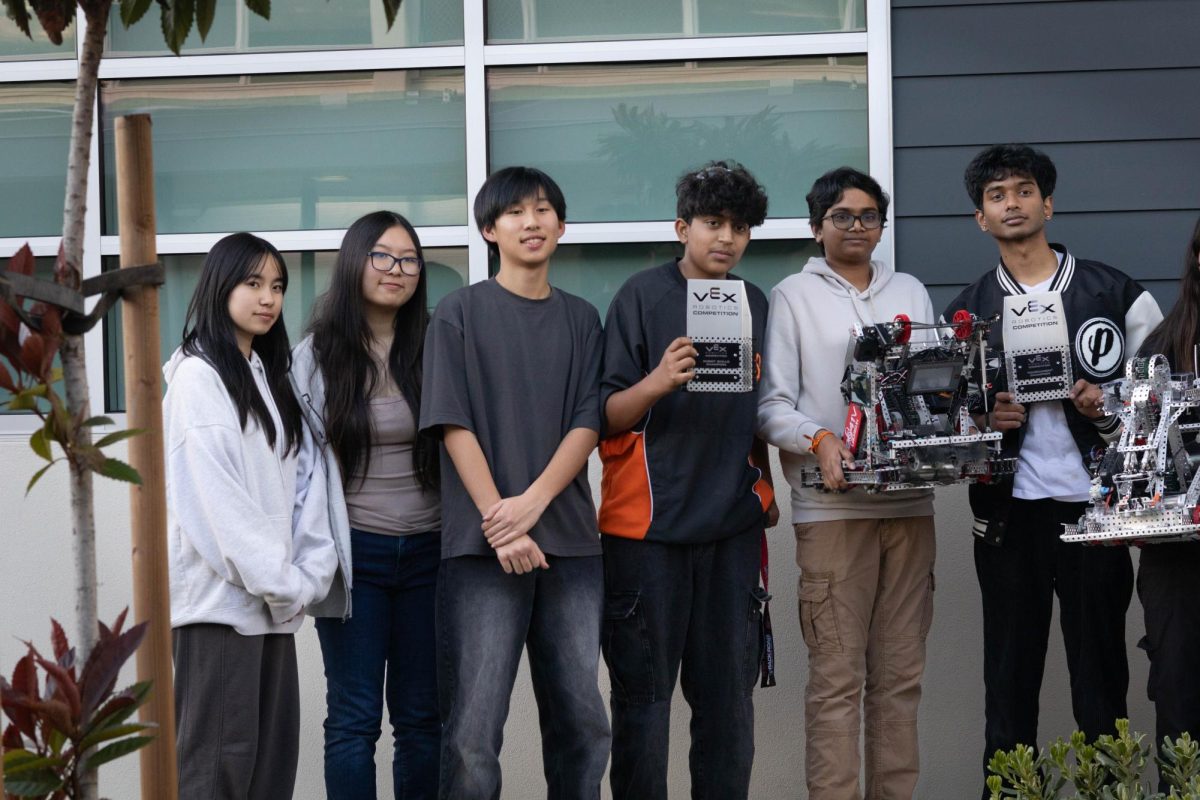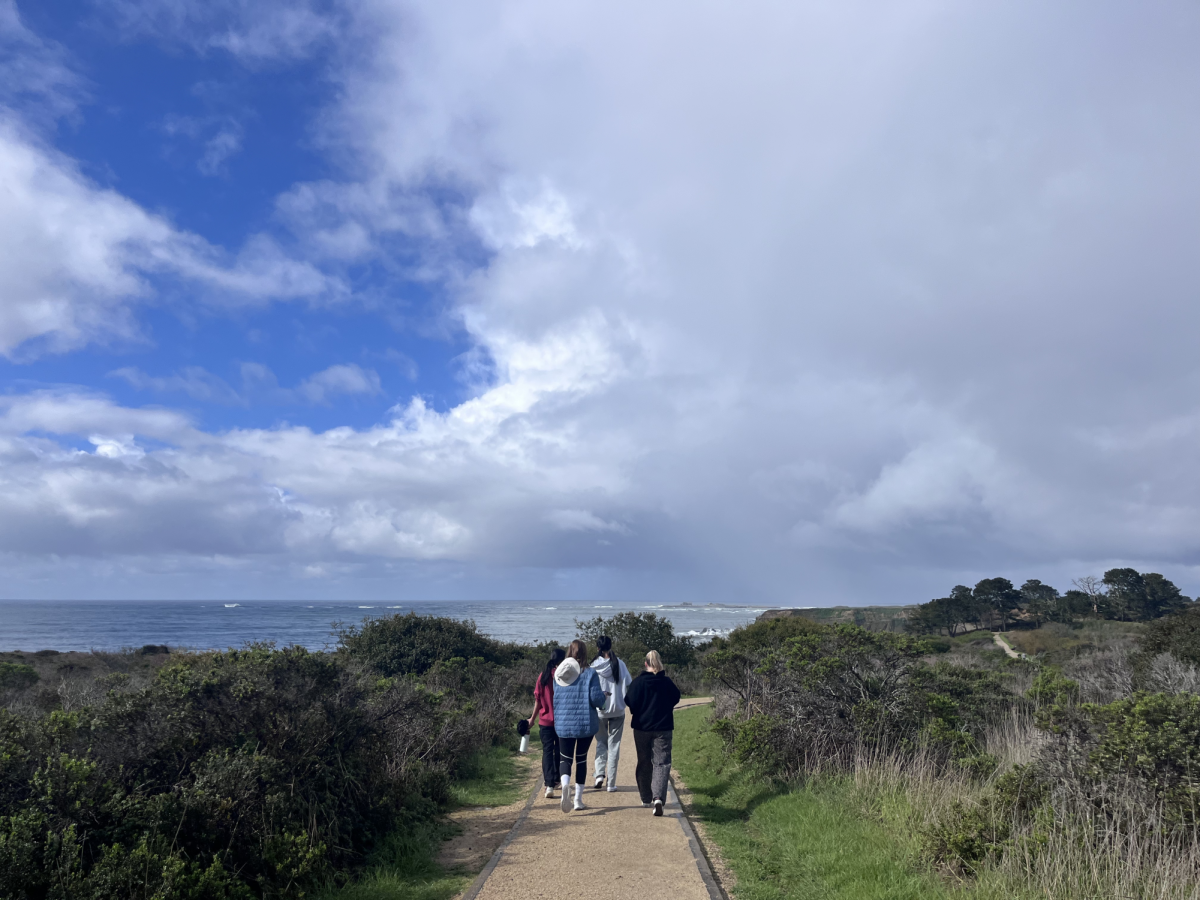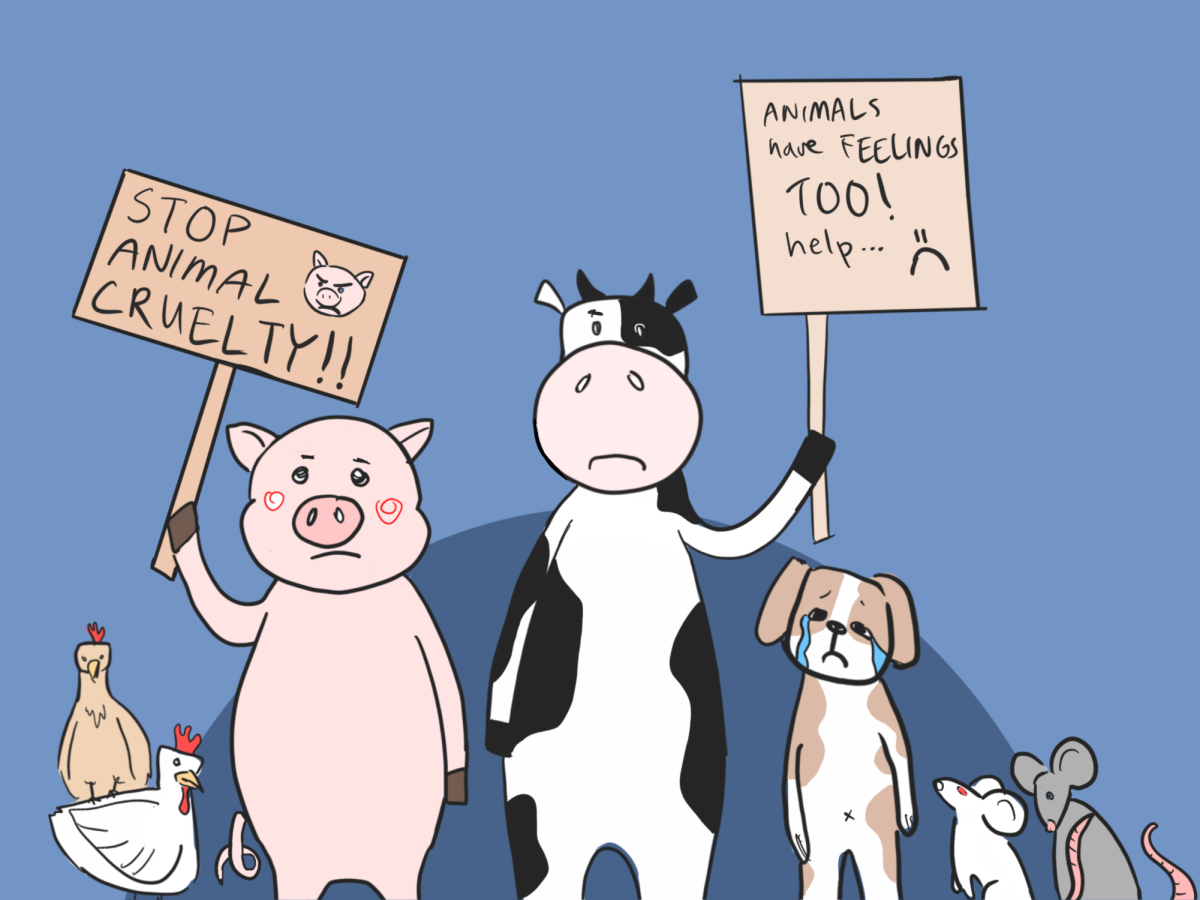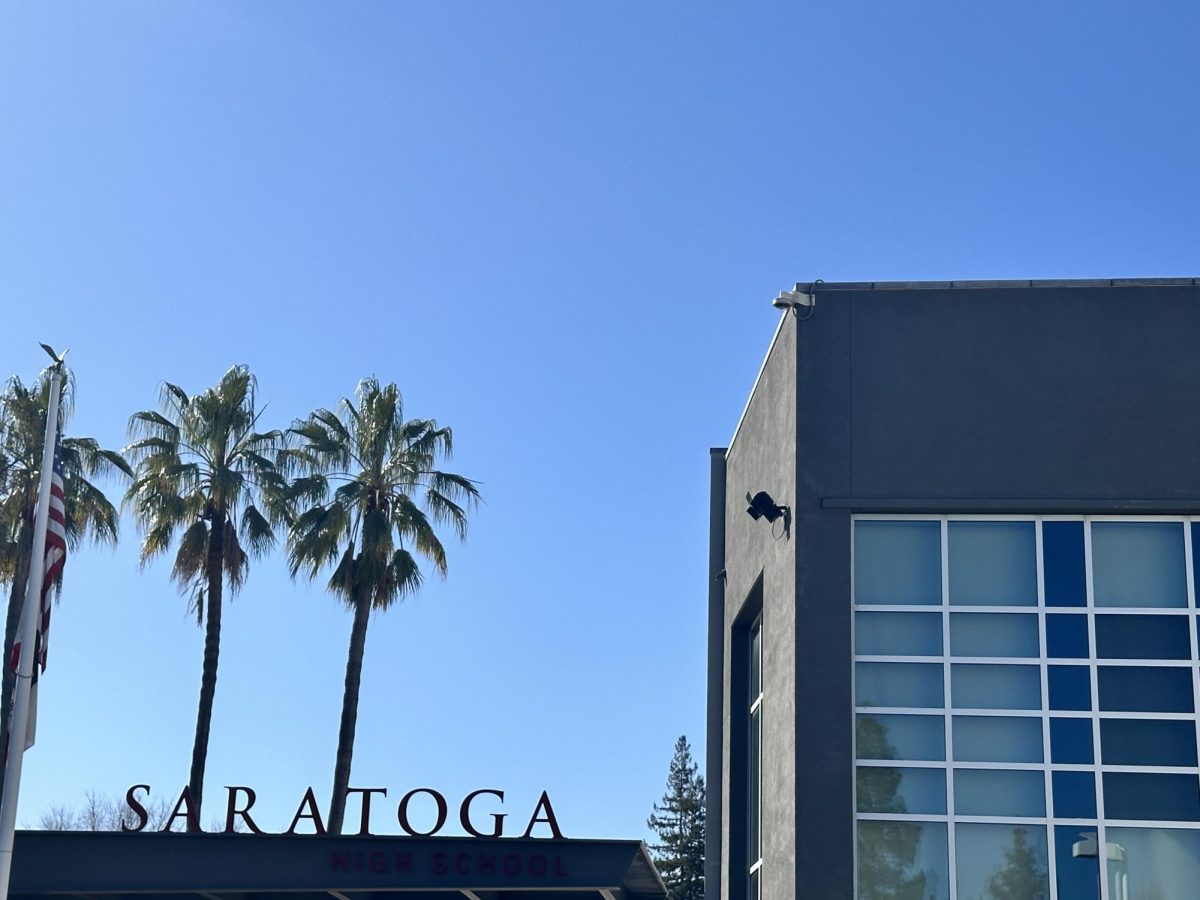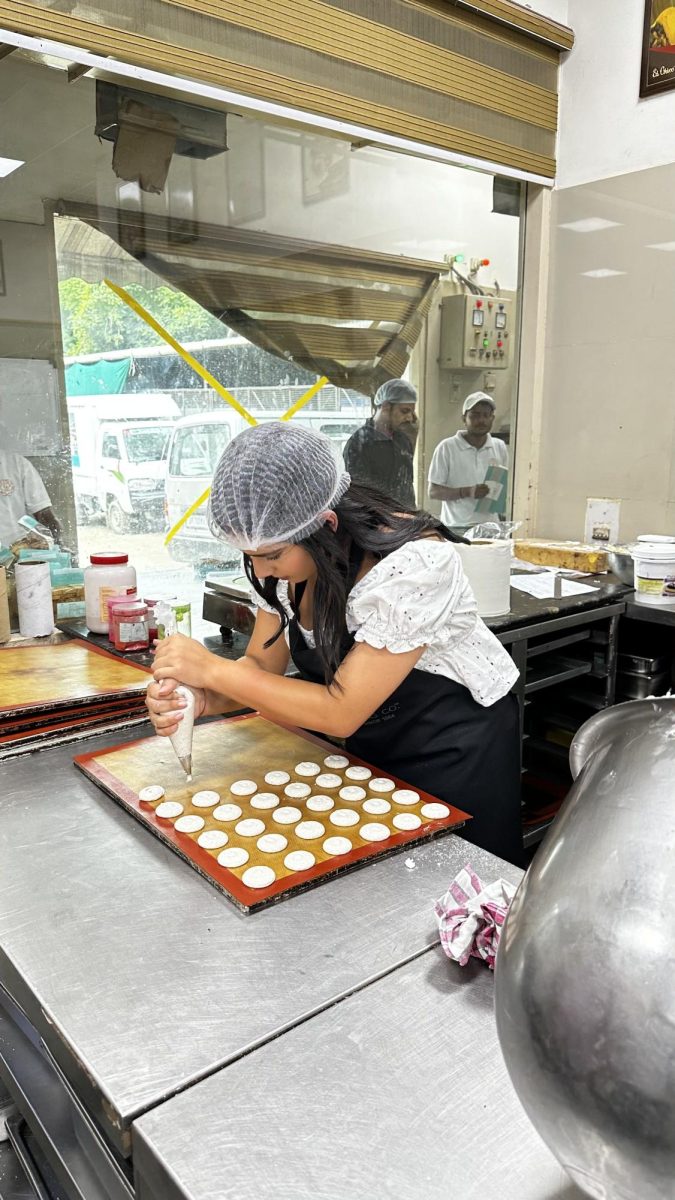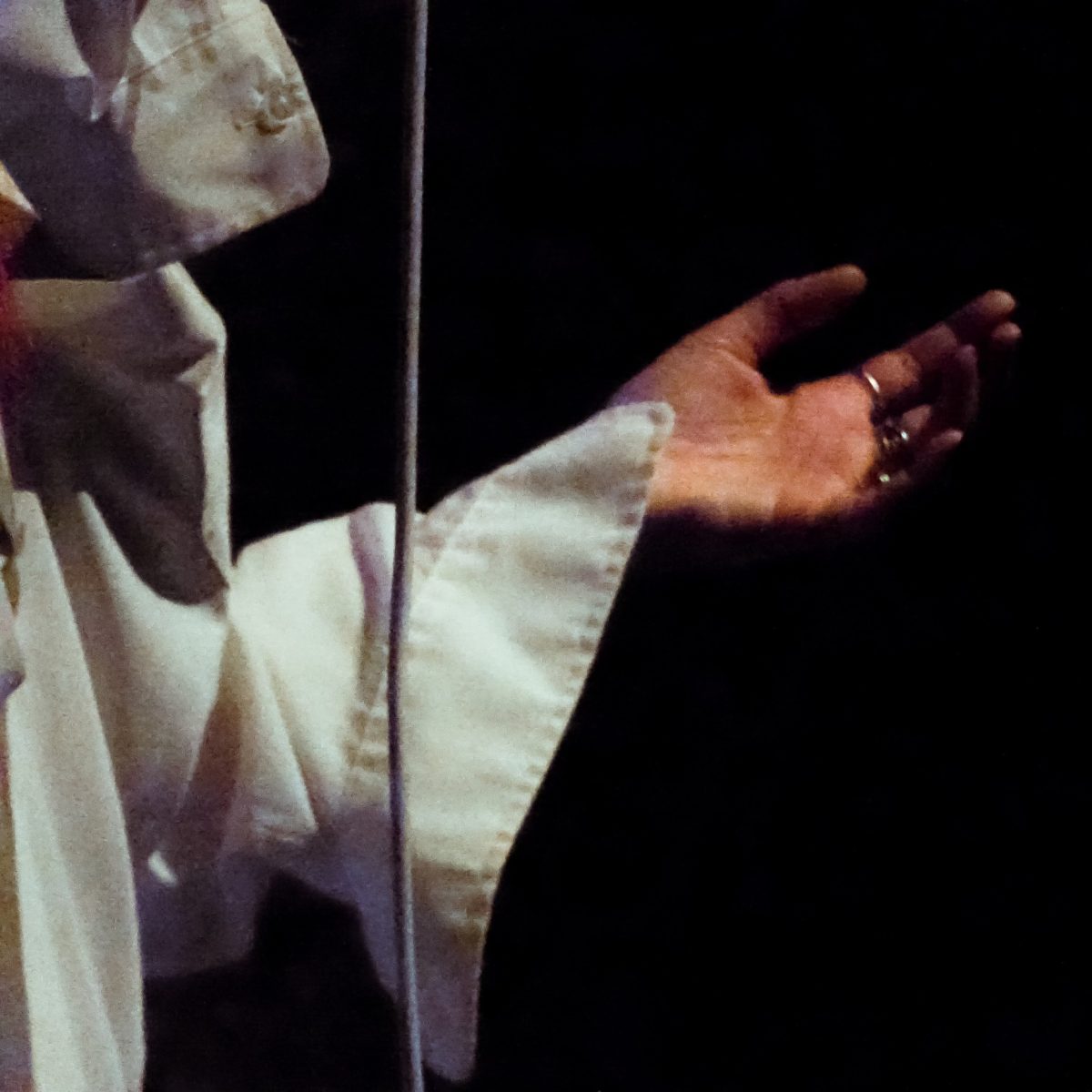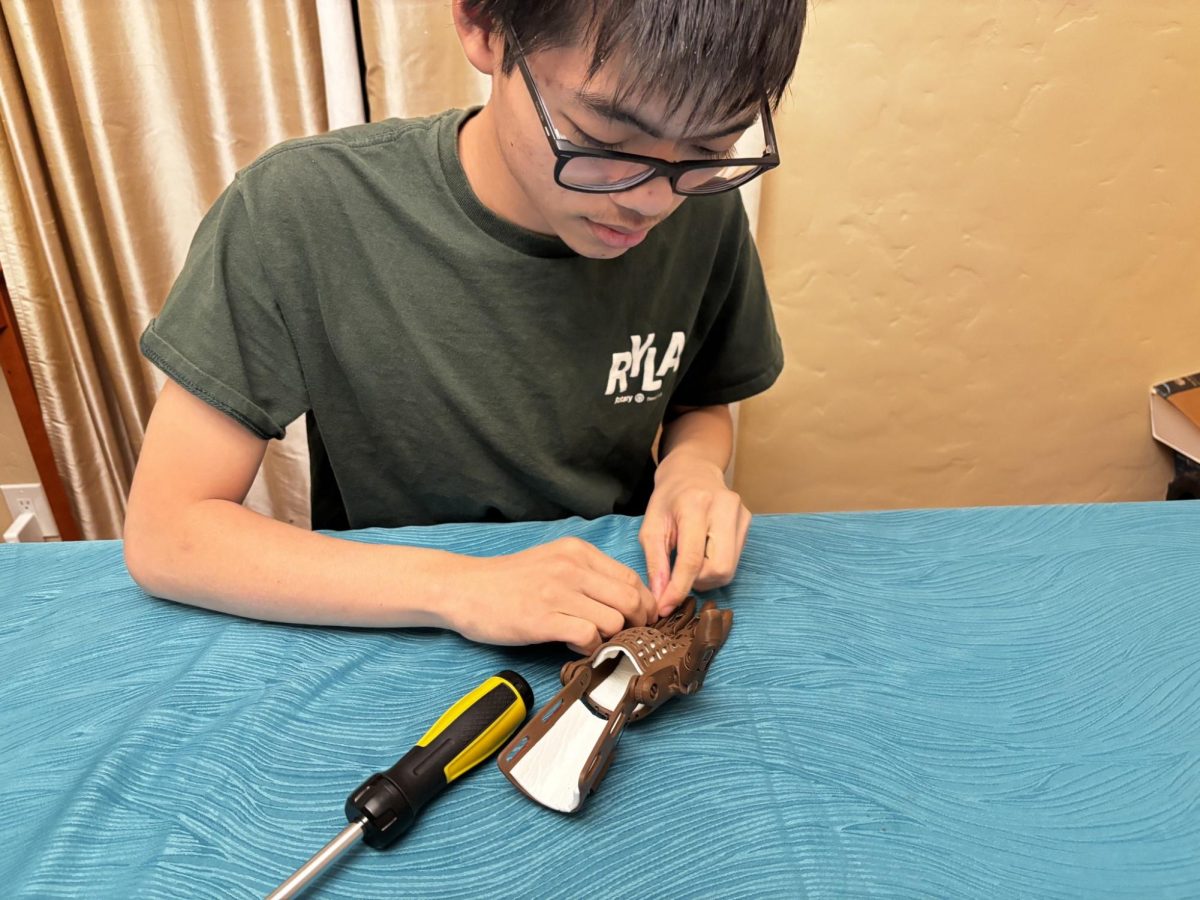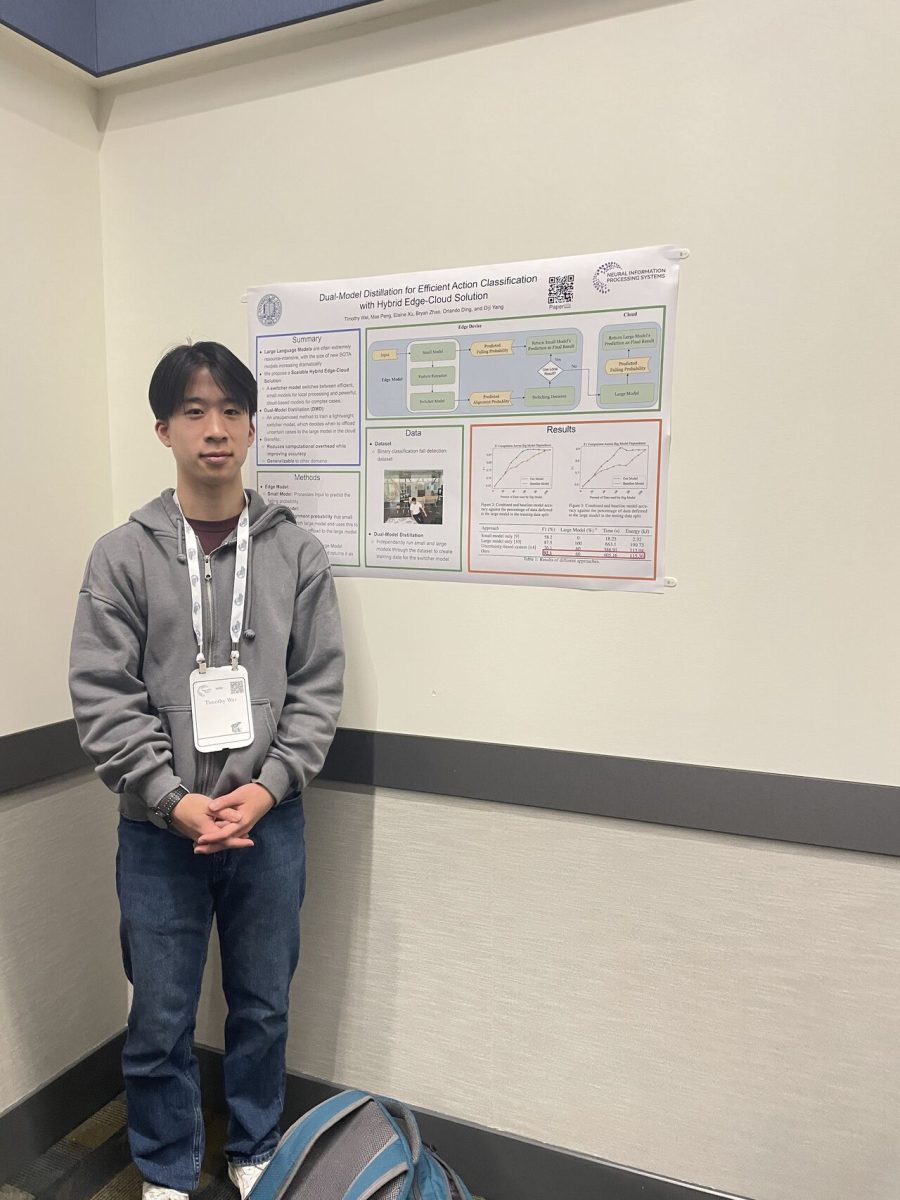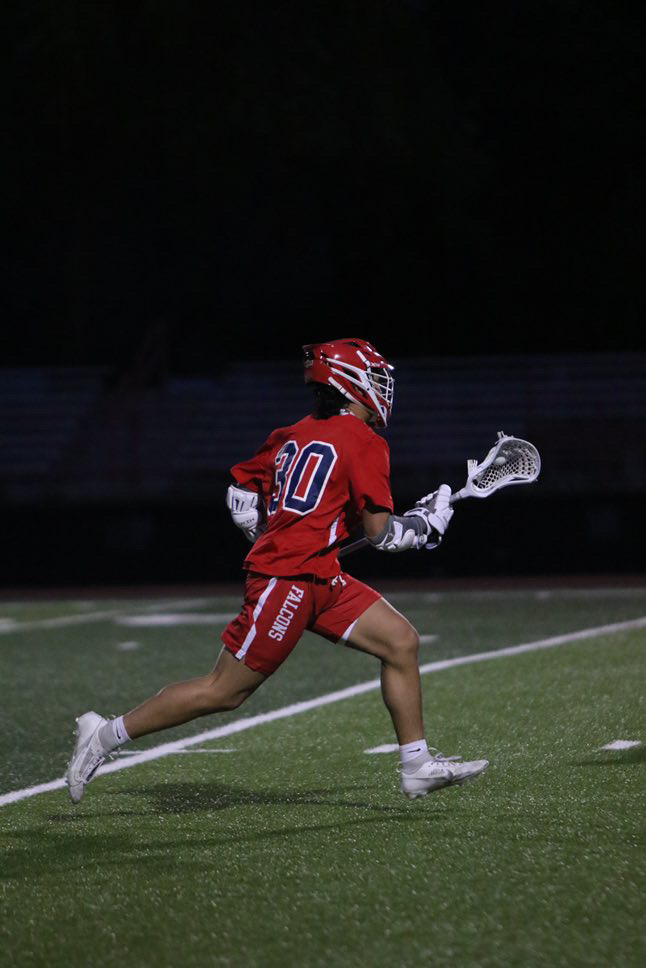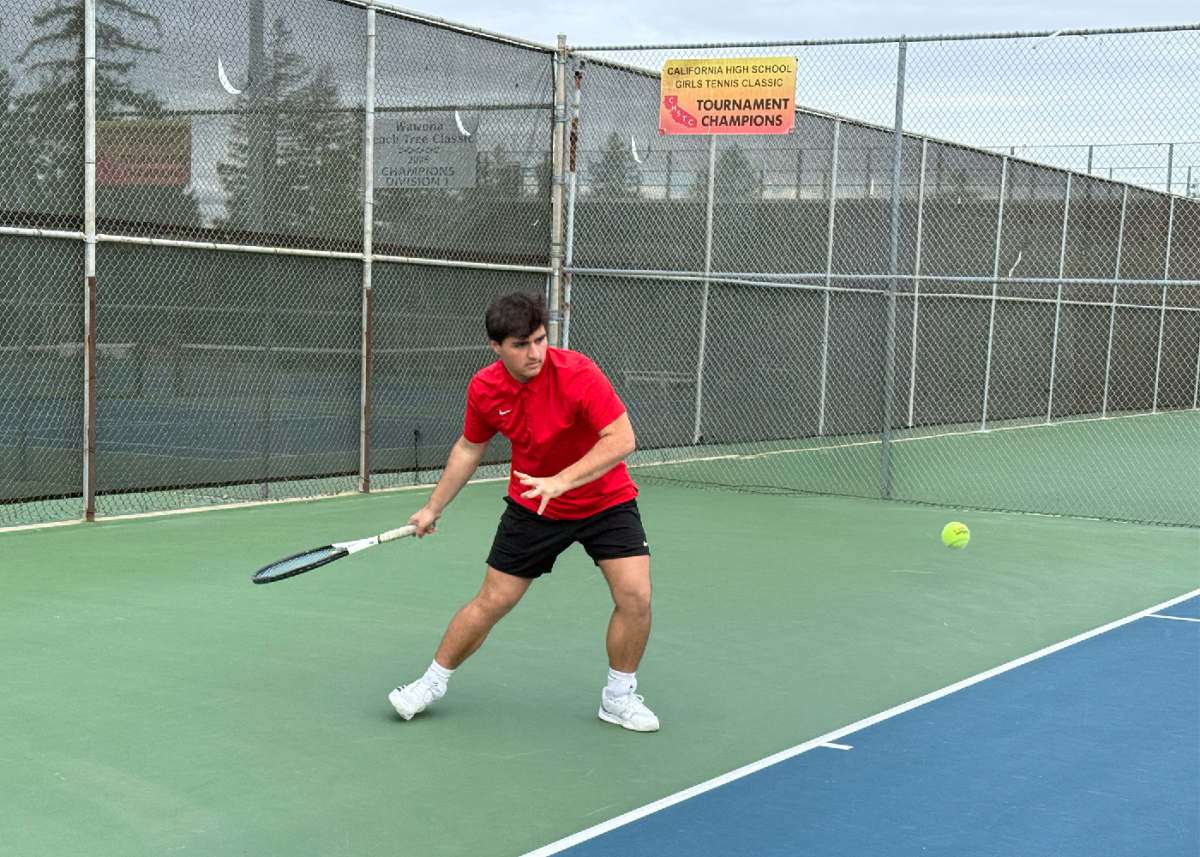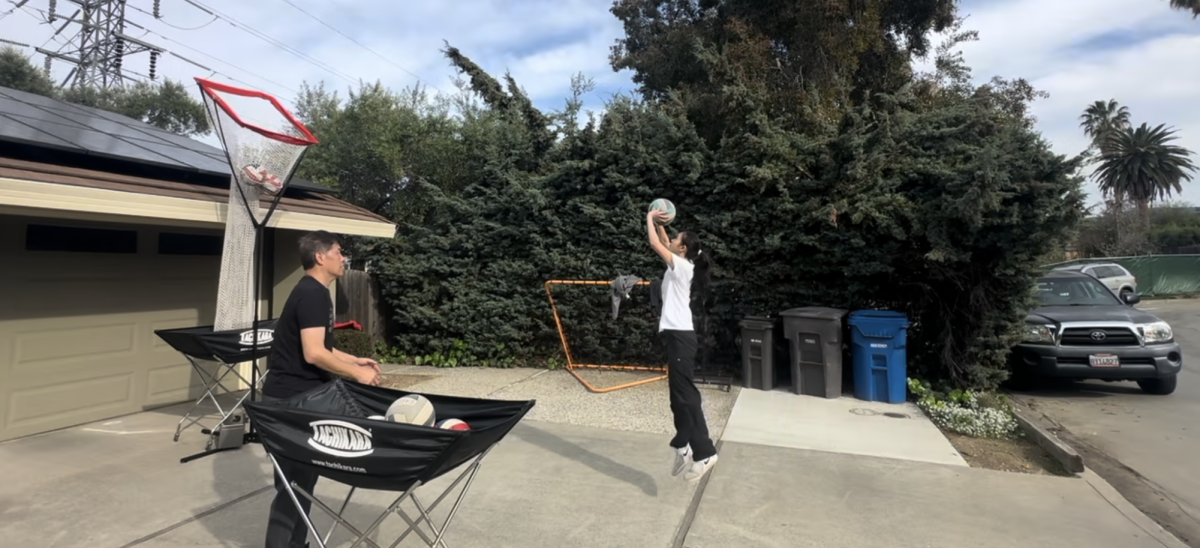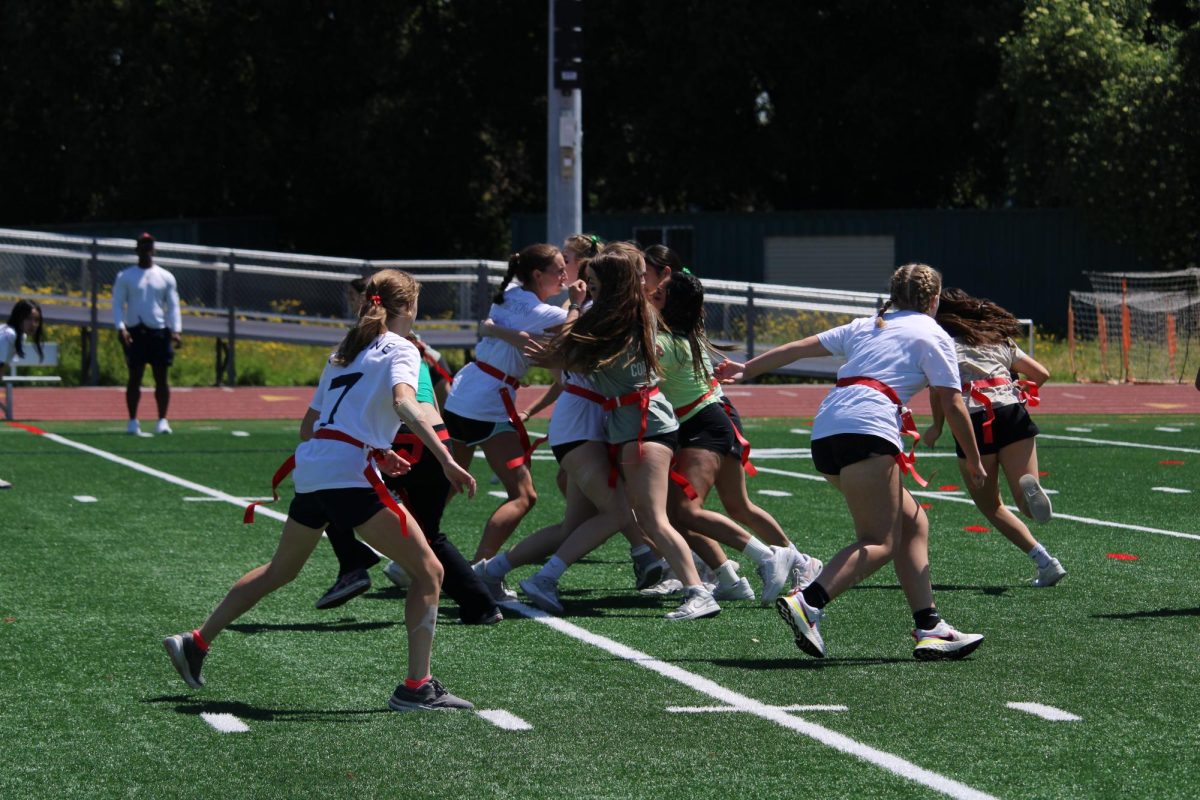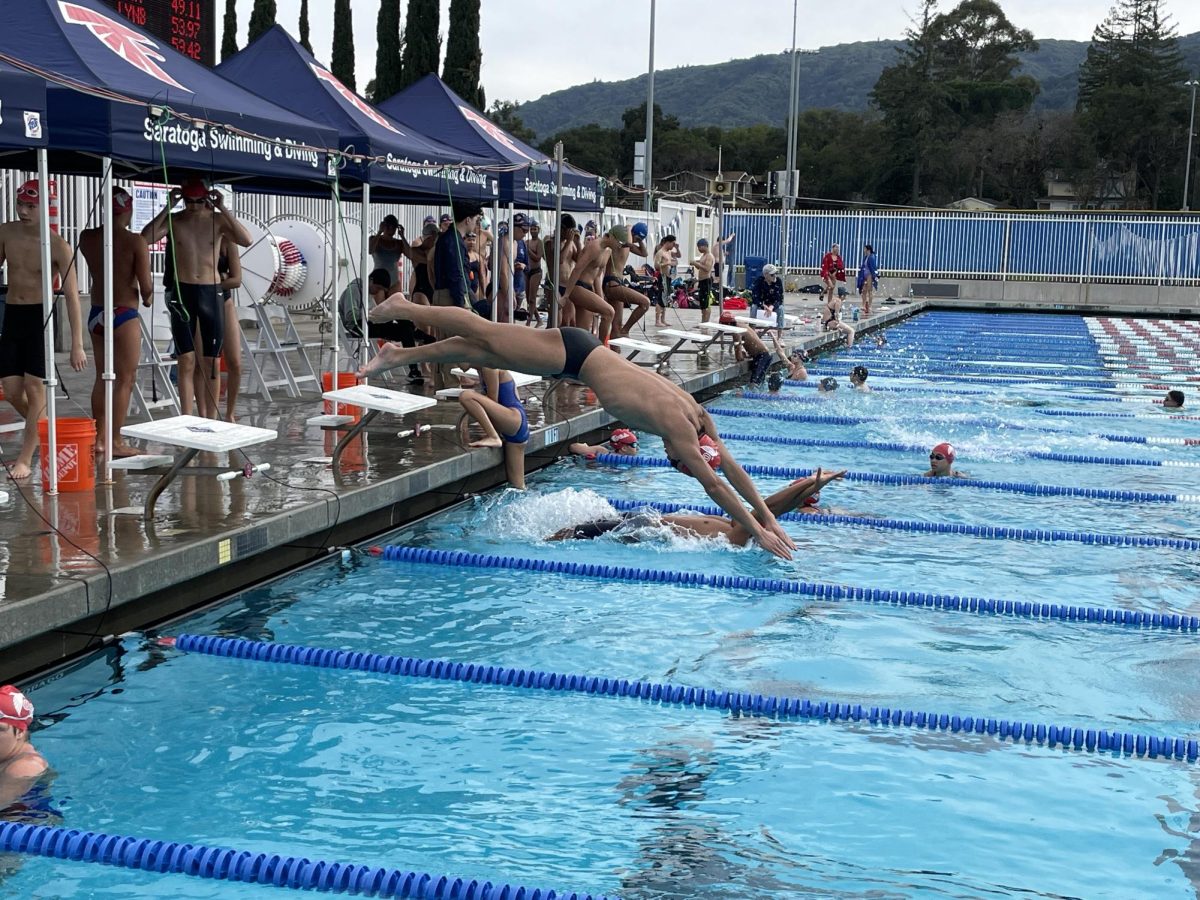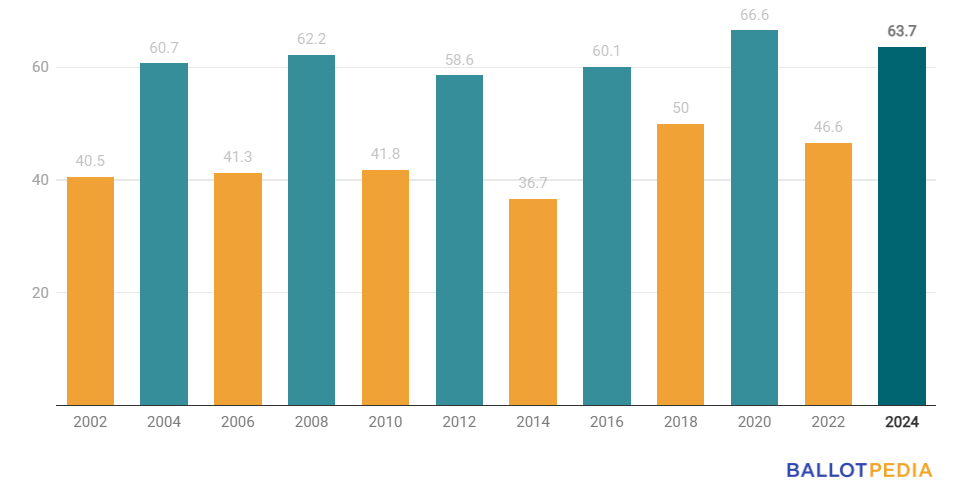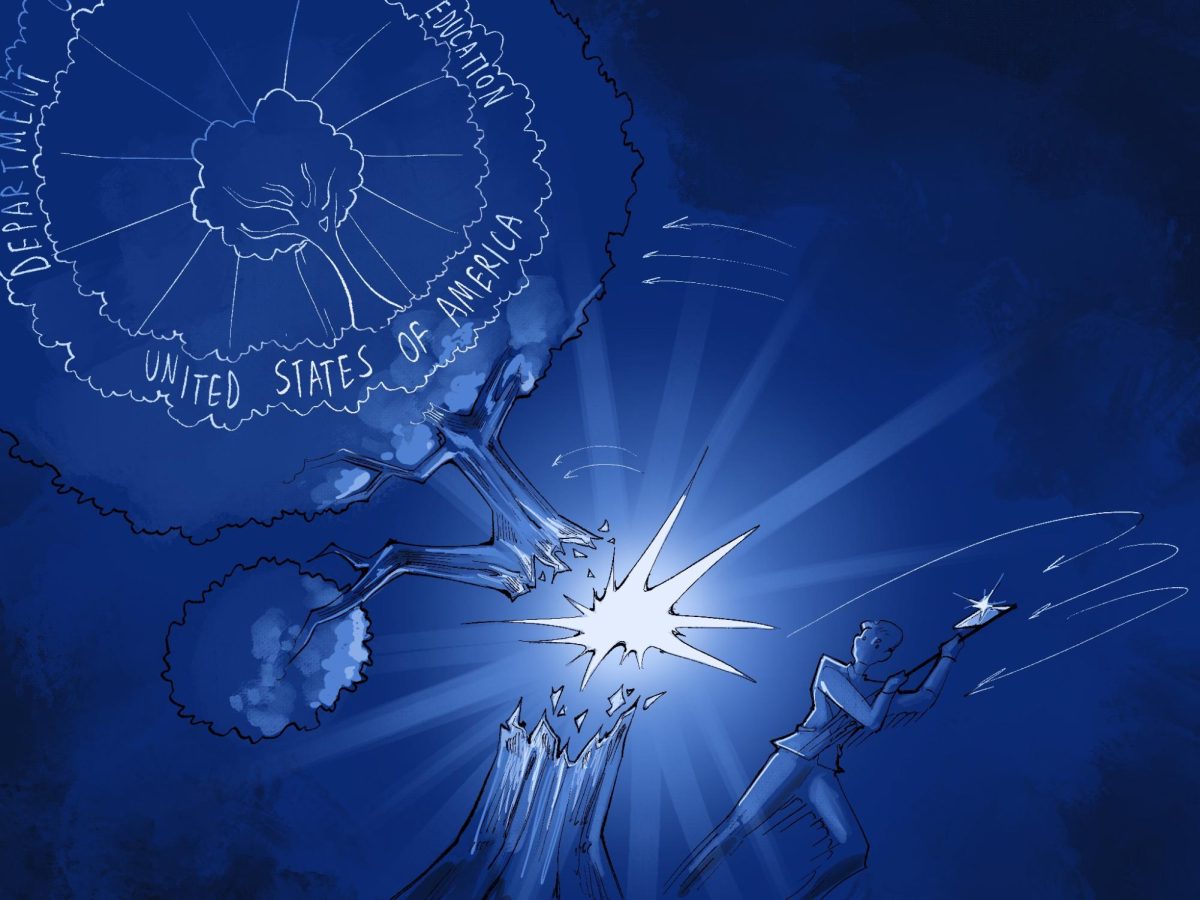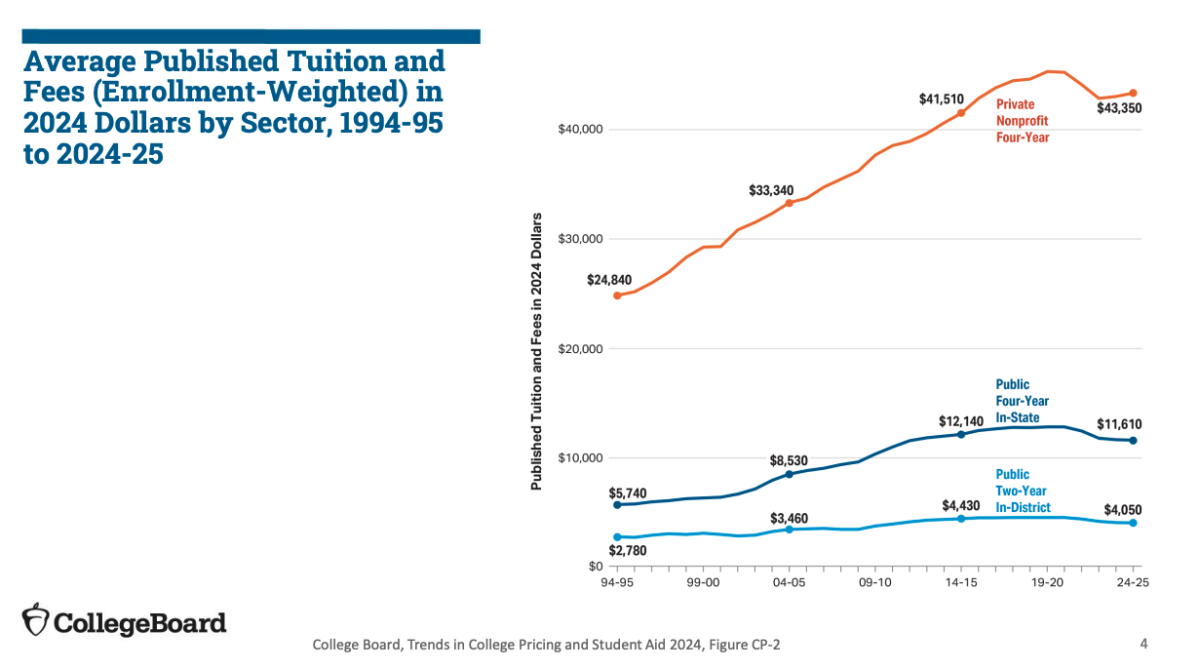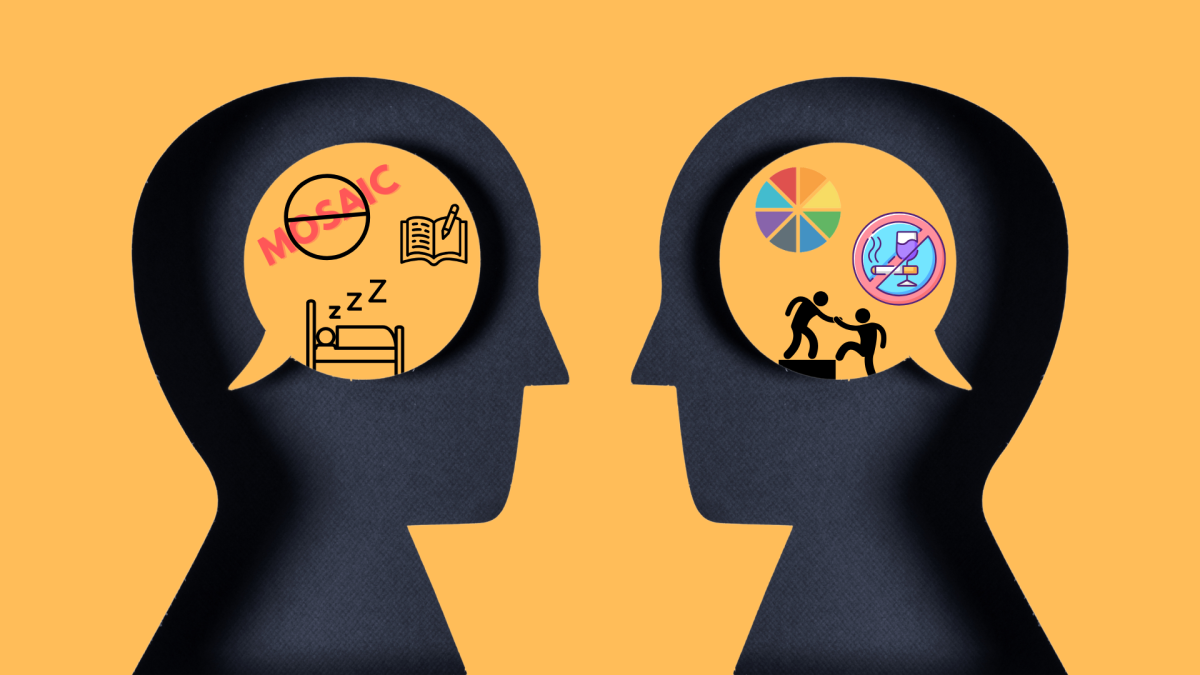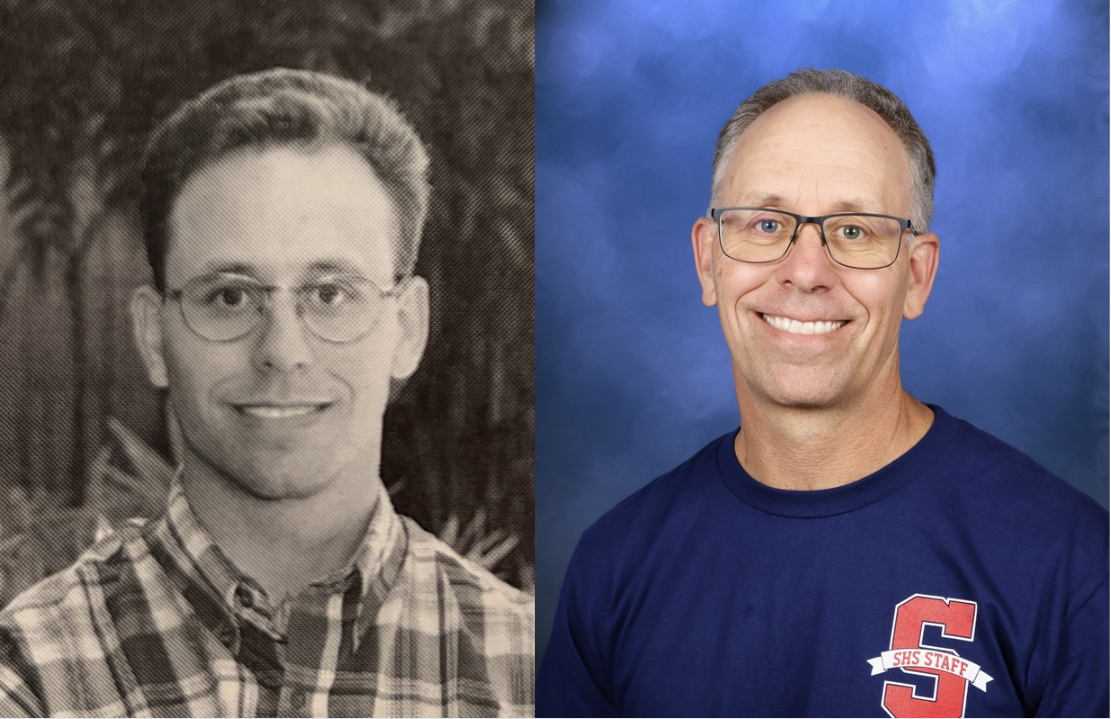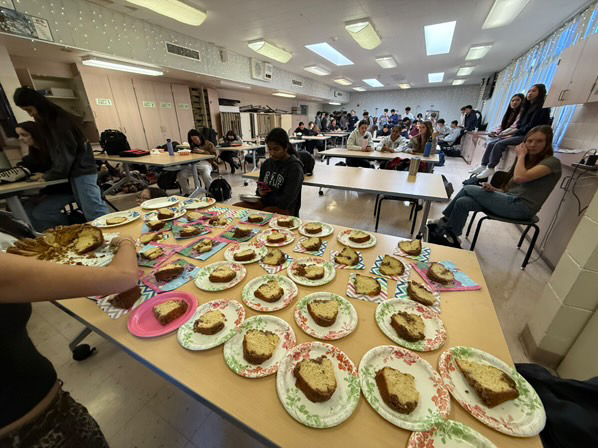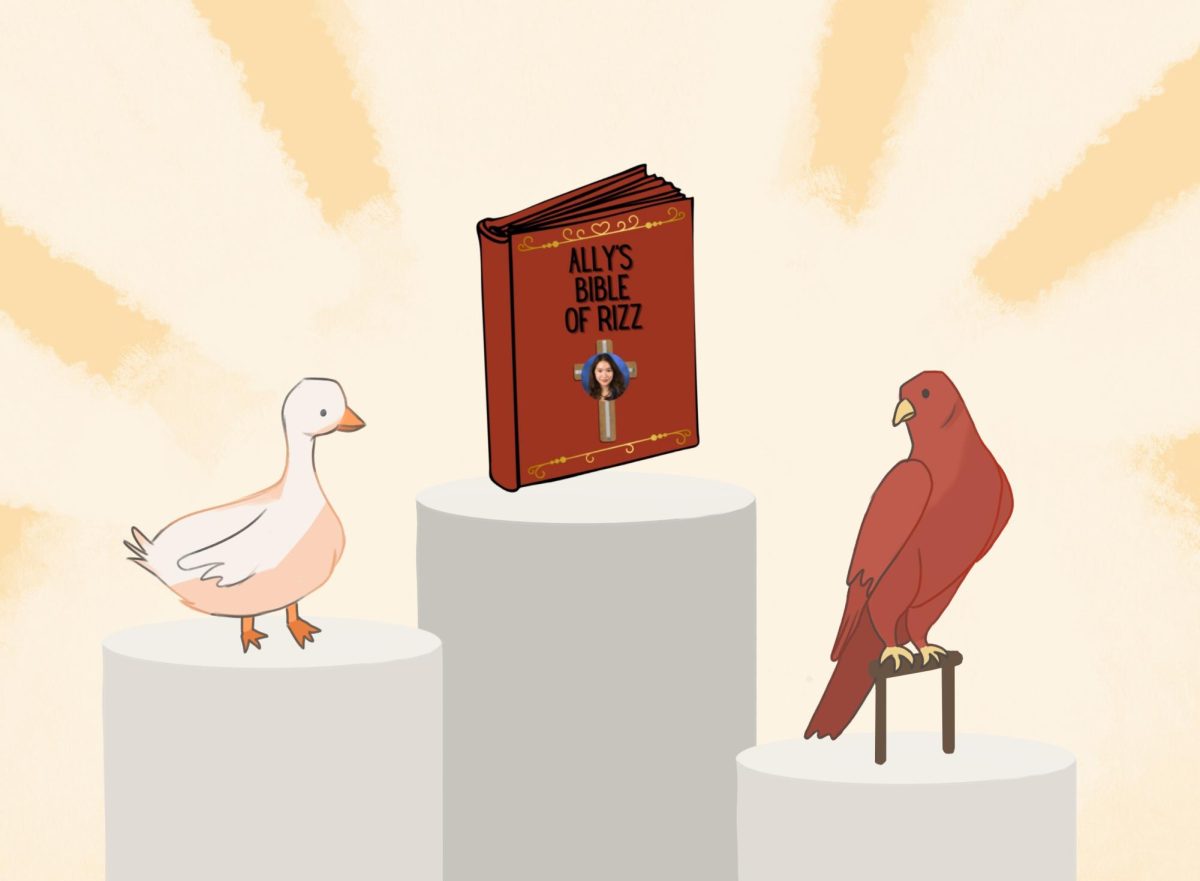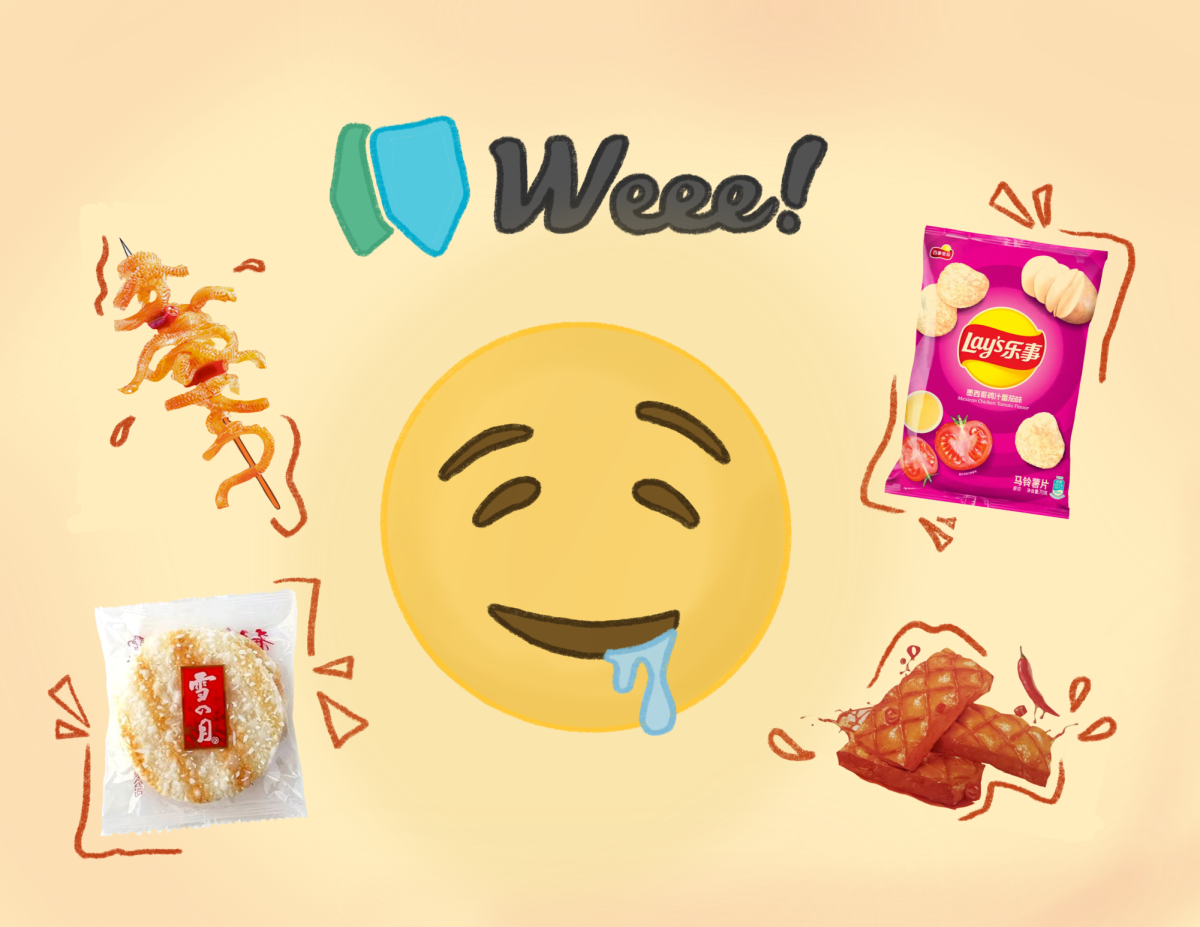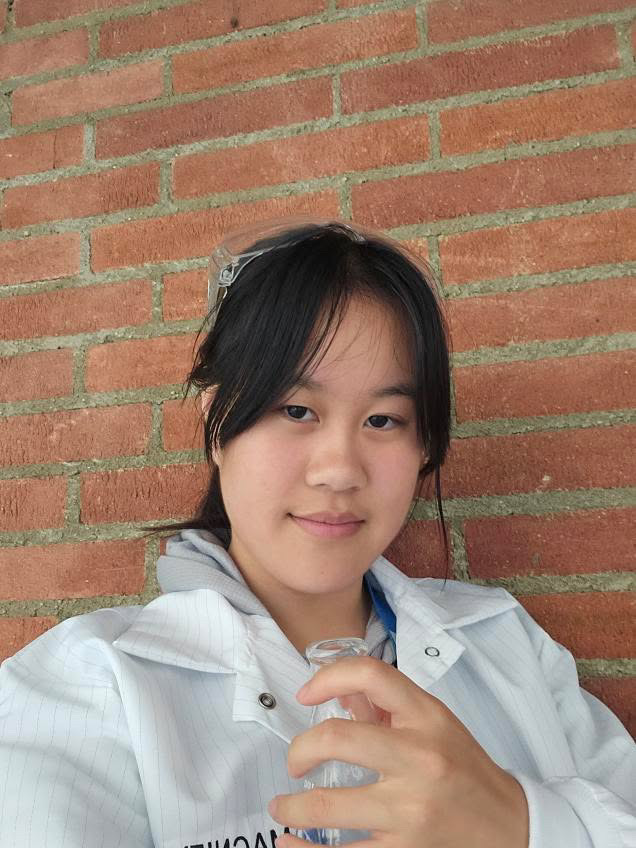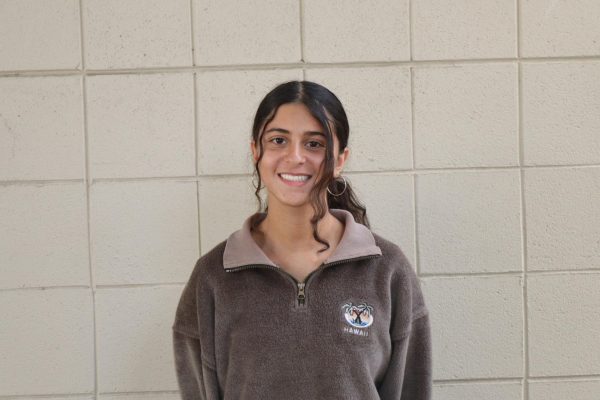According to the National Institutes of Health, Taiwanese people have one of the highest incidence rates of gout in the world. For senior Michelle Ho, this statistic was personal — her grandfather suffers from this form of inflammatory arthritis, which causes extreme joint pain.
Motivated by her family experiences and interest in the medical field generally, Ho began researching gout in her sophomore year while working under Stanford University researchers Dr. Shady Younis and Dr. Qian Wang. She finished her research in her junior year, handling both lab equipment and computer programming to conduct bioinformatics with wet lab processes.
“There are no cures for gout as of now, and people have the misconception that asymptomatic gout is harmless, even though it really isn’t,” Ho said. “I figured that it’s worth researching since this could potentially help millions of people in the world.”
Using donated blood, Ho conducted bioinformatics data analysis of the samples when stimulated with uric acid and RNA sequenced. Through the research, Ho discovered a direct correlation between symptoms of hyperuricemia — a blood condition where the body produces an elevated amount of a waste product called uric acid — and gene expression levels of an inflammatory response.
The uric acid in turn created by the condition stimulates the immune cells — T Cells and monocytes — without the need for an activation antigen. This induces more frequent reactions in inflammatory cells, causing chronic inflammation. She also found that hyperuricemia was linked with an increase in cancer-causing genes and an elevated risk of various forms of cancer.
Through her research, Ho learned to use advanced lab equipment in the Stanford Research Centers and code in R, a programming language often used in data analysis. Although her research is not yet published, she is working with Wang to do so.
Despite the personal motivation she had for doing her research, there were still moments where Ho struggled to persevere.
“Sometimes, I wondered if researching gout was even worth it, since it’s so common and not many people are talking about it nowadays,” Ho said. “I stumbled upon times where I felt this project wasn’t worth continuing, and I also messed up a few times in the lab,.”
During the process, she recalls one of the blood samples became contaminated when she was trying to isolate the RNA. Moreover, Ho had to learn R without any prior programming knowledge, and she often felt frustrated when encountering syntax errors in her code.
Ho’s research paper received an honorable mention in the Biological Science and Engineering Category at the Synopsys Silicon Valley Science and Technology Championship (SVSTC) in March 2024. She was also invited to present her research at the Junior Science and Humanities Symposium (JSHS) Regionals for the Northern California Region.
Ho’s experience in doing the project has solidified her interest in pursuing medical research in the future, striving to find treatments for autoimmune diseases like gout and cancer.
“I think I made an actual contribution to the world of medicine,” she said. “If I had given up in the middle, I would have gotten no insight into this disease that millions of people, including my family, suffer from.”

